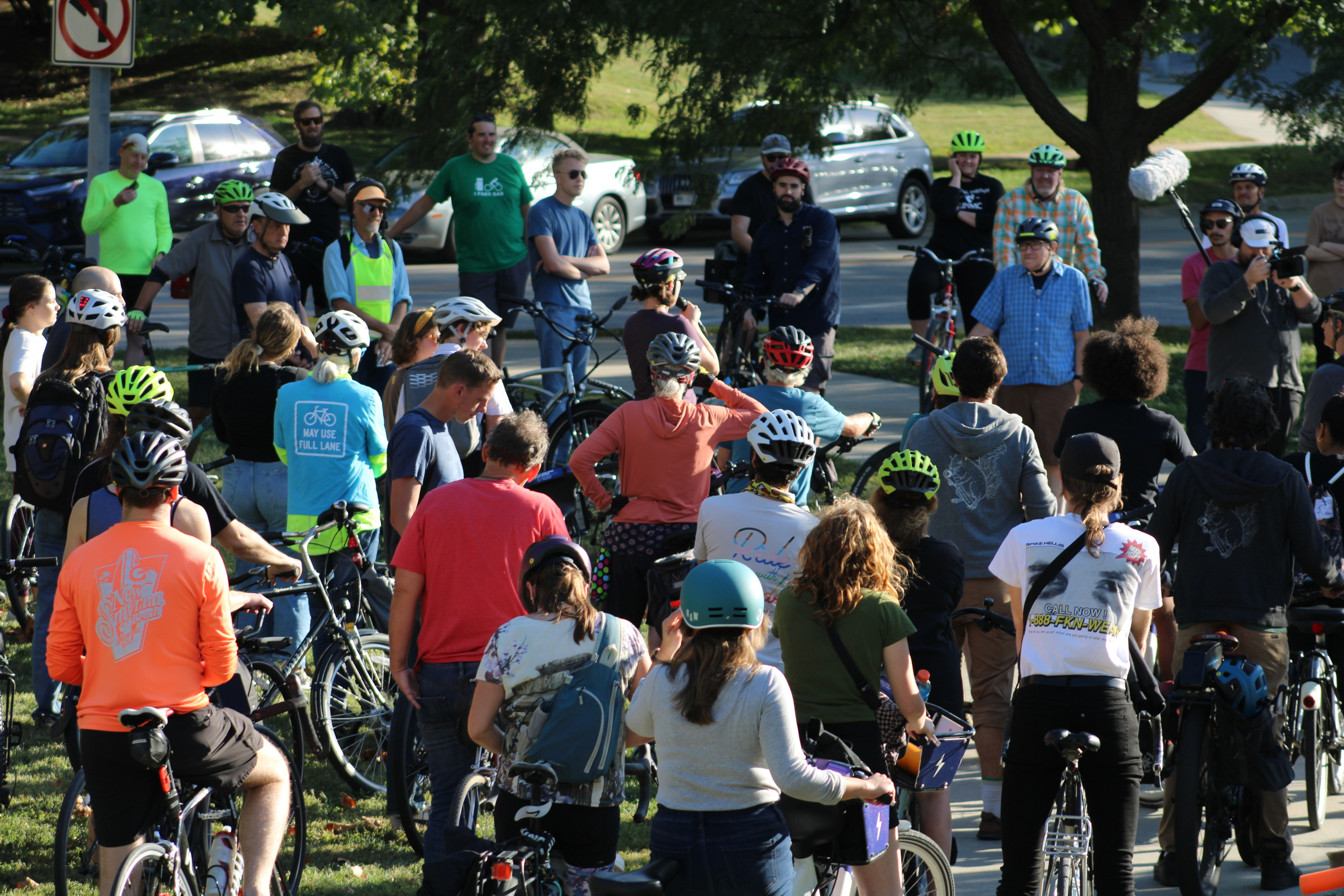As a city, we should give careful consideration to the types of development we allow. Buildings and other structures last a long time, and their collective impact on our quality of life is immense. Everything from how comfortable we are walking down the street to our ability to get to work is affected by the quality of buildings and infrastructure around us.
 Some people have expressed reservations about the 434-unit apartment complex proposed by Bluestone Development at the former home of Temple Israel at 70th and Cass. While part of the sentiments behind the objections to the project might be well-intentioned, opposition to the proposed development fails to consider larger issues.
Some people have expressed reservations about the 434-unit apartment complex proposed by Bluestone Development at the former home of Temple Israel at 70th and Cass. While part of the sentiments behind the objections to the project might be well-intentioned, opposition to the proposed development fails to consider larger issues.
One issue people have raised is the potential for increased congestion due to denser development. This concern is overstated. A traffic study related to the proposed apartments conducted by independent local consultants indicates the development will have only a minor impact on traffic along Cass Street. Traffic will only increase by 2%, an unnoticeable amount. If traffic congestion is a real concern, neighbors should advocate for projects that will help people get around without driving. Transit and the density that support this are the solution.
An upgrade to transit service could help alleviate issues of congestion by encouraging people to use means of traveling besides driving, improve access to jobs and other destinations for those who cannot or choose to not drive, and promote public health through decreased emissions and active transportation. However, a transit system, whether it uses rail or buses, needs riders to be effective. Density in housing and jobs is the only way to get the riders necessary to support a quality transit system, and the proposed apartment complex will play a role in providing that support. Density also decreases the miles of roads and other support infrastructure that must be built, decreasing the City’s maintenance costs.
In the long term, improved transit supported through denser development will certainly help the City as a whole. It will also help enhance the character of the neighborhood. The proposed development lies on a large block filled mainly with box stores, strip malls, and fast-food establishments. These land uses tend to bring with them large surface parking lots and service roads, creating an atmosphere of frenzied drivers that makes walking or biking uncomfortable. This is a much worse environment than one where people walk because they use transit or live near where they are going. By creating a place where people are incentivized to walk, we get more walkers. If we choose to continue designing exclusively for cars, we will get more cars – and congestion.
In combination with walkable and transit-oriented development in the Crossroads District, these apartments can have a very noticeable positive impact on the neighborhood. We don’t know the exact design of the proposed development, but we expect a high quality project of the type for which Bluestone Development, a local developer, is known. It should have ample walking and biking connections to the surrounding neighborhood, minimal car parking, and plenty of bike parking. This development project can be a step in rehabilitating the structure of the area near 72nd and Dodge Streets and in improving our transportation system.


This is an important question for Omaha to consider, and I agree with several of the statements above, including especially the need to increase housing density along major transit routes. However, my definition of “minimal car parking” is not 522 stalls, with the option to add 50 more in the courtyard, as this proposal includes.
Furthermore, the demolition of an architecturally-significant community landmark seems regrettably short-sighted, especially given the real and viable alternatives offering to adapt and reuse the existing building.
Is it possible that the idea for these apartments is fine, but the location is wrong? Perhaps Omaha could afford to lose one of the aforementioned “box stores, strip malls, and fast-food establishments” rather than a piece of it’s cultural history. Take a closer look at the proposed design. It’s a big rectangular block that could be relocated to virtually any blighted and underutilized surface lot in the area.
Thanks for the thoughtful comment, Scott. You bring up some good points.
As we mentioned in the post, we hadn’t seen the detailed plans for the site at the time of writing. 522 stalls is not our idea of “minimal car parking,” either. We’d like to see far fewer, and hopefully improved public transportation in Omaha will help change developers’ attitudes (and City code) about the need for so much parking.
The process of building and rebuilding cities often involves the need to balance competing goals. In this case, we believe that the benefits of an improved transportation system and a totally re-imagined area near 72nd and Dodge might outweigh the benefits of preserving a culturally significant structure. However, we certainly do believe the latter are worthwhile.
No matter the outcome at this site, we are excited to continue the conversation of how best to develop and manage our built environment.